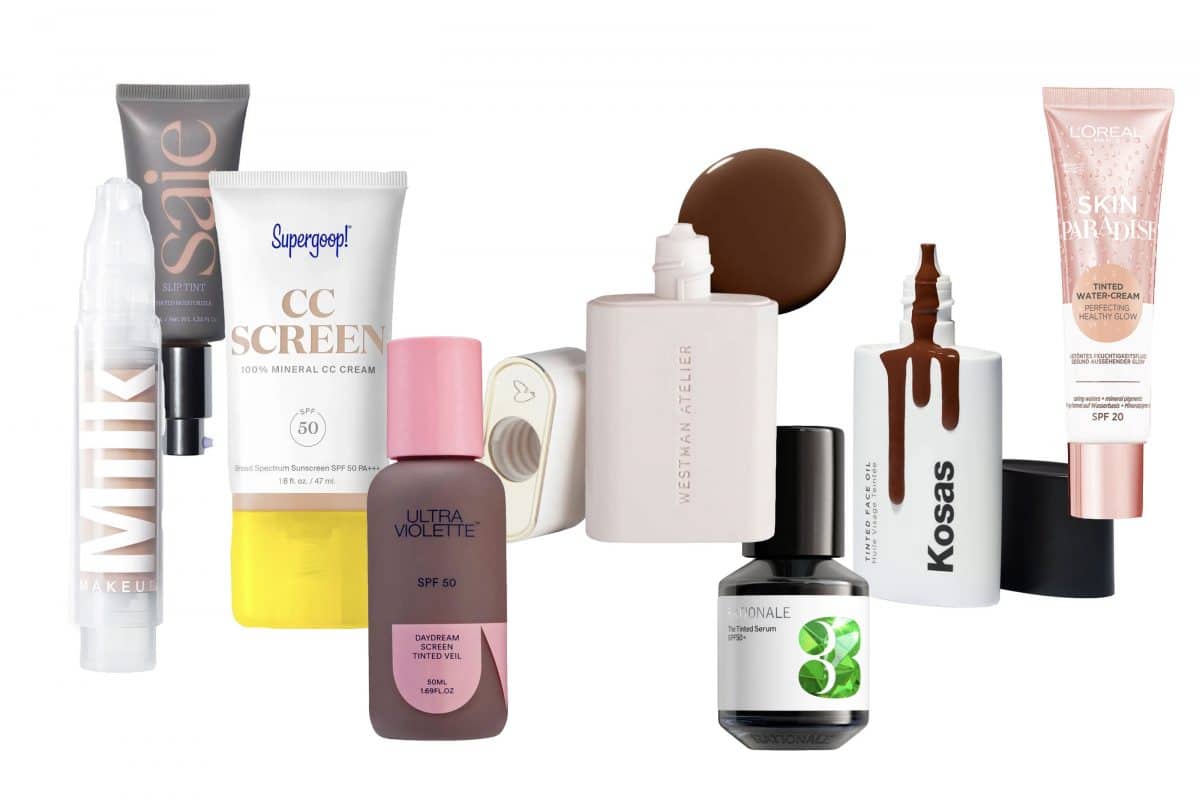
There are endless beauty treatments and alternative medicines in the world of beauty. How to know what they all mean? Are they meant for you? Are they painful?
Cosmetologist Niki Cirillo of ProCosmediq specialises in scar camouflaging, dry needling, scalp and hair loss patches as well as 3D nipple tattooing. With an aim to help women regain confidence. We spoke with Cirillo about her dry needling practise.
What is it, what does it treat and well, should we be booking in for a treatment now?
What is dry needling?
Dry Needling uses tiny needles (or a single needle) to penetrate the skin by targeting a particular scar area only.
The affected area does not generate enough blood supply. Dry needling will stimulate and re-invent healthy cells and tissue to produce collagen growth repairing the scarred area.
What ailments does it treat?
Some examples of some ailments that dry needling can treat are:
- Abdominoplasty/Tummy Tuck
- Burns scars
- Acne scars
- Chicken Pox scars
- Thyroid Gland removal scars
- Other surgical scars
Is the treatment painful?
Since the treatment is minimal-invasive, most clients find the experience virtually painless.
A pre-numbing cream (applied 15-20 mins before treatment) as well as numbing gel (applied during the treatment) is available if required.
How many treatments does one need to see results?
Most scar treatments require at least 3 sessions; however, the treatment plan will depend on the scar size (and if any other medical factors should be taken into consideration).
Inner healing through the dermis (2nd layer of the skin) will continue to smooth and tighten the skin for up to 3- 12 months as the collagen and blood flow become more regulated.
The treatments may take place at 4-6 week intervals.
Is this treatment suited to everyone?
Risk is inherent in any treatment intervention, however, compared to other scar removal treatments, dry needling is safe for people of all ages. A consultation with a therapist is highly recommended to determine the best plan of action for the scar treatment.



